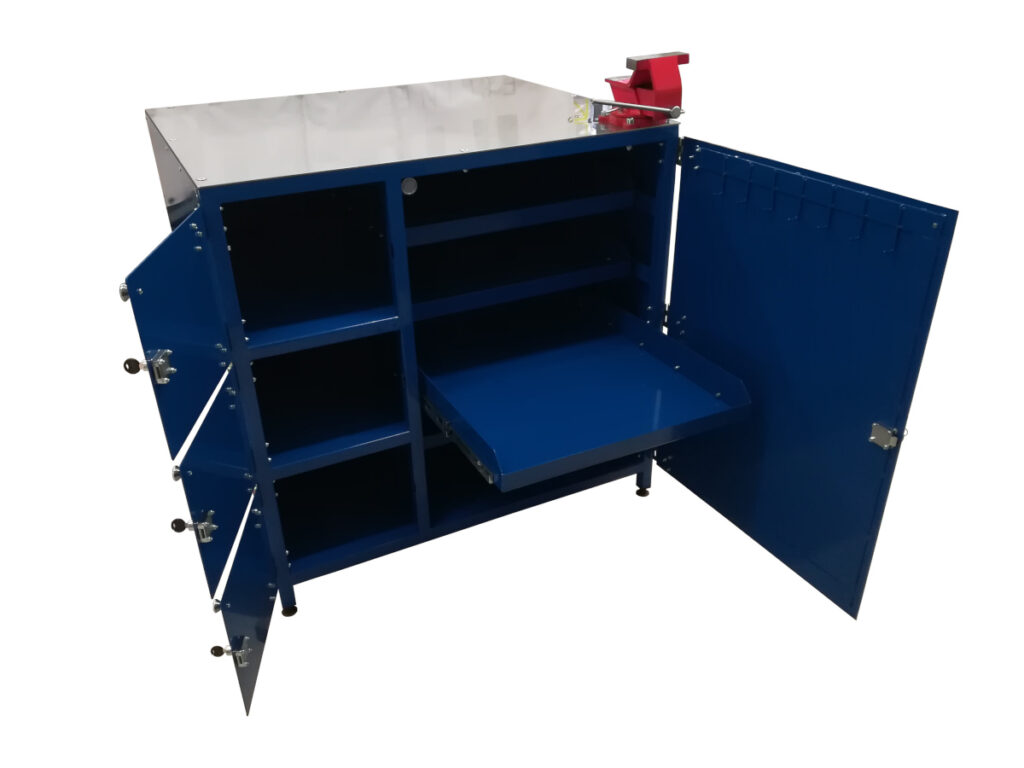Human precision in a technological world
In a world where automation and artificial intelligence are playing an increasingly important role, you might think that quality control is already the domain of machines. On the contrary! Although modern systems help to detect defects, there is still an indispensable human – an experienced quality inspector who combines knowledge, experience and intuition to spot what even the best algorithm cannot.
Quality controllers – the first line of defence against defects
Every day, Invenio’s quality controllers inspect hundreds, sometimes thousands, of components that go into the vehicles. Their job? To find even the smallest defects that could affect the safety, durability and aesthetics of the car.
What does the visual inspection include?
– Surface check – inspectors look for scratches, dents, discolouration or micro-cracks.
– Shape and dimensional assessment – using basic inspection and measurement tools such as callipers, micrometers and form gauges.
– Assembly and component fit analysis – assessing whether the parts fit correctly and whether there are any unwanted clearances or misalignments.
Not only defect detection, but also repair
Not every defect found means that the parts have to be scrapped. At Invenio, we focus on efficiency – where possible, inspectors carry out minor repairs and fixes, restoring components to full working order. This may include removing small burrs, levelling surfaces or correcting assembly. In this way, we minimise waste while ensuring the highest quality.
Top challenges for quality inspectors
A quality controller’s job isn’t just about accuracy and perception – it’s also about day-to-day:
– Time pressure – production can’t stop and every part must pass inspection on time. This requires fast but accurate action.
– Eye fatigue – inspectors work at full concentration for hours on end, often under special lighting, to see even the smallest imperfections.
– Diversity of defects – some defects are obvious, others require years of experience and a trained eye to spot.
– Impact on safety – knowing that every defect can affect the lives of the driver, passengers and other road users is a huge responsibility.
Modern technology helps, but there is no substitute for people
While modern technology such as vision systems and AI algorithms are used in quality control, there are still many processes where human perception and experience are irreplaceable.
– AI and optical systems help to detect reproducible defects, but it is a human being who judges whether a component actually meets the standards.
– Automation helps, but many elements require physical inspection – touch, comparison, manual inspection with tools.
– The final decision often rests with the inspector, who uses his or her knowledge and experience to decide whether the part is suitable for assembly.
Humans will remain a key element in the quality process for many years to come. Although technology is evolving and the automotive industry is moving towards full automation, visual quality control and manual inspection of components are still irreplaceable. An experienced quality inspector sees more, feels more and analyses in more detail than any system. That is why at Invenio we rely on the synergy of man and technology to deliver the highest quality services to our customers


